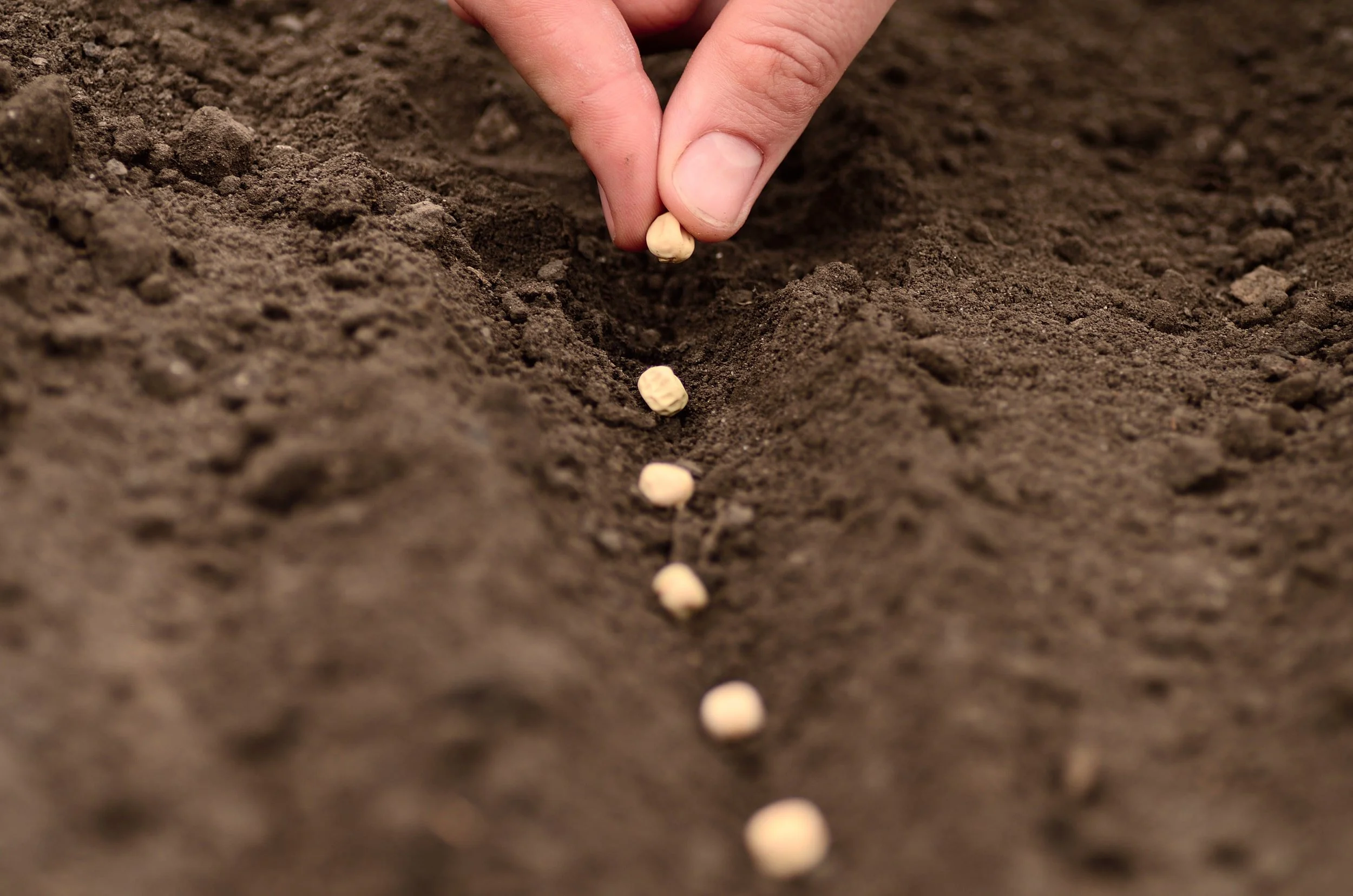Why save seeds?
Apart from cost savings, saving seeds helps adapt plants to your local area. It also ensures seeds have not been sprayed with a fungicide as is common with commercial seeds. Giving seeds to a seed bank is a wonderful way to help build your community through a spirit of sharing. When you take seeds from our seed banks try to give back at least double the amount you took.
- Saving and growing local seed helps to adapt plants to your garden conditions. However, save only open pollinated seed.
- Save seeds only from the best plants and eat produce from the rest.
- Select the plant with the best characteristics i.e. early or late fruiting, regional adaptability, taste, vigour, large fruit, abundance of fruit etc.
- Tag the best plant with a ribbon to identify plant.
- Harvest dry seeds from plants when their pods or husks have dried.
- Clean Seed by crumbling pods or husks until seeds are released. Place seeds and chaff in a bowl or box and shake gently. Most of the larger chaff pieces will rise to the top and can be removed by hand.
- Separate Seeds and finer chaff by using two screens of varying mesh, one a little smaller than the seeds and the other a little larger. The first screen lets anything smaller than the seeds fall through, and the second lets the seeds through and stops anything larger.
- Winnow in a gentle wind, simply drop the seed/chaff mixture from a height of several feet into a bucket or onto a sheet or tarp, seeds will fall into the bucket or onto the tarp while chaff blows away.
- Winnow small quantities of seeds, swirl or gently bounce the seeds and their chaff in a shallow bowl while carefully blowing chaff away with your breath.
- Clean wet seeds - scoop the seeds from the fruit and pulp. Pour the seeds and pulp into a large jar and add water. Healthy seeds will sink to the bottom of the jar, while dead seeds and most of the pulp will float.
- Dry your wet seeds after soaking, drain them of moisture in a strainer. Pat the bottom of the strainer with a cloth towel after they have drained. Then spread the seeds on a ceramic plate or waxed paper to dry. Then place the seeds in a cool, dry shady spot until dry (2 – 4 weeks).
- Store dried seeds in a dry place until they are thoroughly dry (2 to 4 weeks). Place dry seeds with silica gel for long term storage
- Insect damage control - Some insects maybe present in any sample of seeds. Seeds kept in frozen storage are safe from insect damage, though insects may survive freezing, they will be rendered inactive while frozen by the low temperature.

